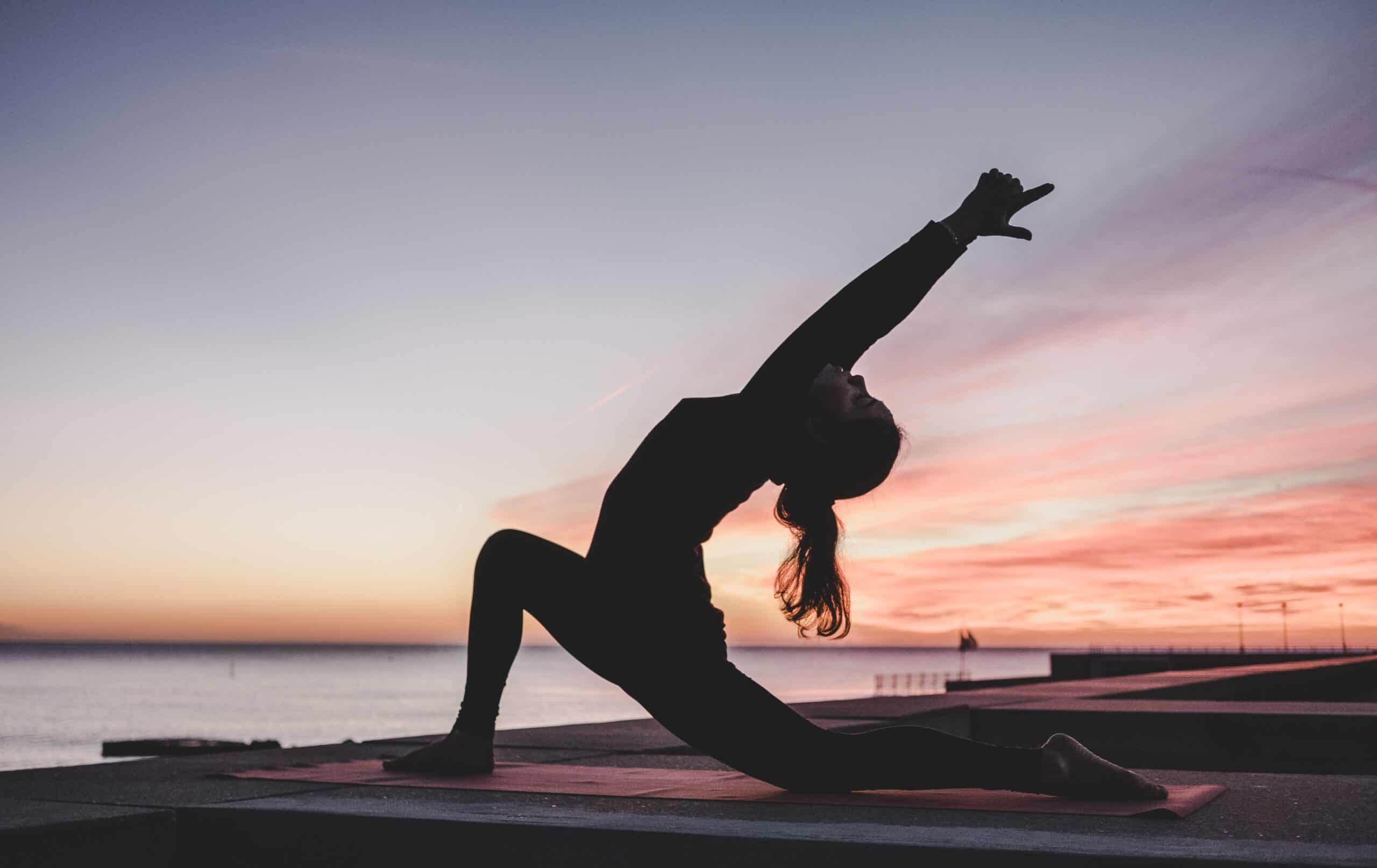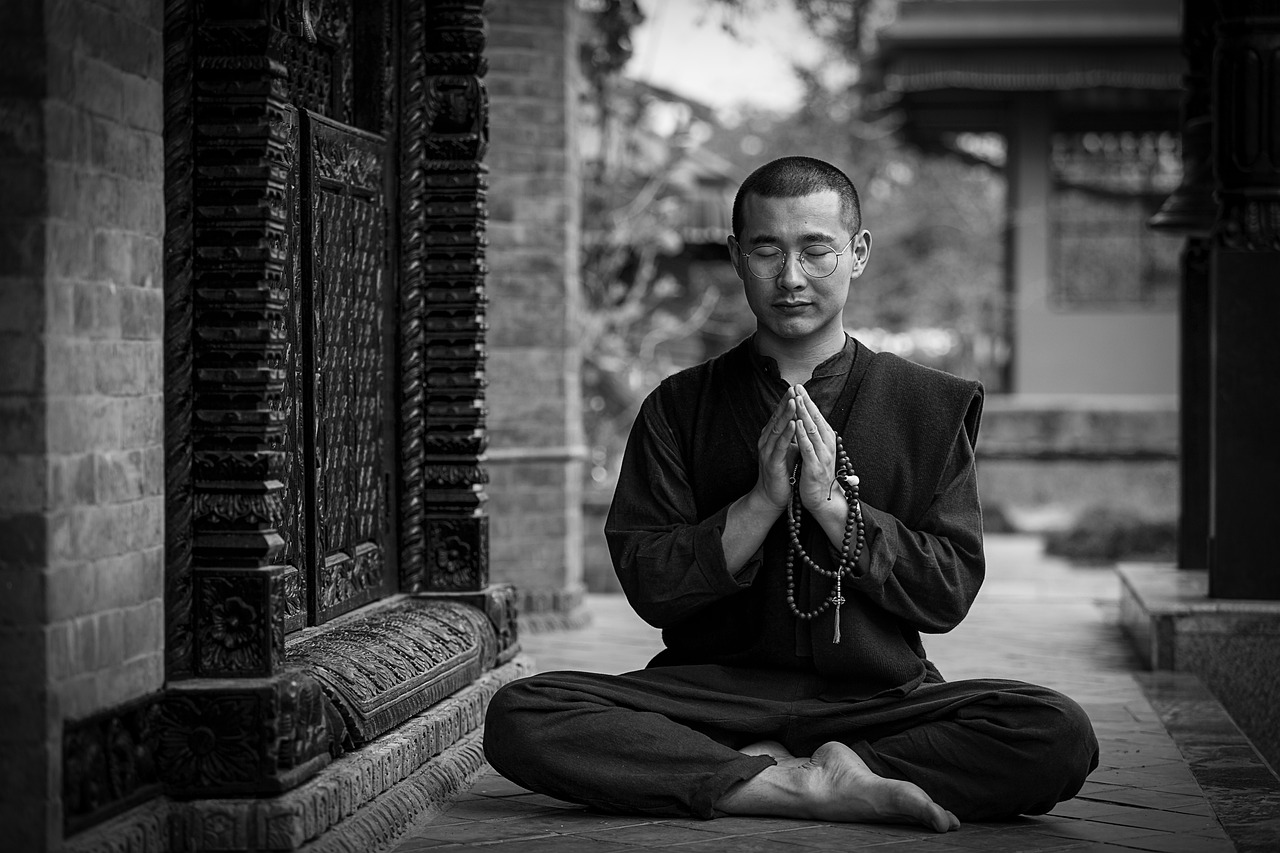
Vayu Mudra is a hand motion thought to balance the air element in the body.
Its advantages may include gas relief, improved joint health, and mental relaxation. Regular practice, roughly 15-30 minutes each day, is advised for best outcomes.
Table of Contents
ToggleWhat is Vayu mudra?
Vayu Mudra is a symbolic hand motion or mudra that is utilized in yoga and Ayurvedic therapies.
The name “Vayu” in Sanskrit refers to air or wind, and this mudra is said to balance the air element (Vayu) in the body, according to Ayurvedic principles.
Ayurveda is an ancient medical practice that originated in India and focuses on balancing the body’s three doshas (Vata, Pitta, and Kapha) for overall health.
Understanding Elemental Balance:
Ayurveda and the Five Elements
Ayurveda, an ancient Indian medical school, views five elements as the foundation of life: earth, water, fire, air, and ether.
Vayu Mudra focuses on the air element, attempting to bring it into balance for total well-being.
Benefits of Vayu Mudra
Gas Relief: Vayu Mudra is said to help digestion and relieve excess gas, resulting in less bloating and pain.
Joint Health: Regular practice may help to reduce joint discomfort and address arthritis-related issues, resulting in improved mobility.
Tension Reduction: The mudra is said to have a relaxing impact on the nervous system, hence reducing tension and anxiety levels.
Improved Concentration: Practitioners frequently report that Vayu Mudra improves attention and mental clarity, which supports cognitive functioning.
Energy Balancing: Vayu Mudra is thought to bring total energy flow into balance by balancing the air element in the body.
Enhanced vigor: Consistent practice may contribute to a greater sense of well-being and energy.
How to do Vayu Mudra?
- Sit in a comfortable meditative posture such as Padmasana(lotus pose), Sukhasana (easy pose), Virasana (hero pose), or Vajrasana (thunderbolt pose).
- Place the tip of the index finger on the base of the thumb.
- Place the thumb over the index finger and apply mild pressure.
- Keep the remaining three fingers extended yet relaxed.
- Hold the mudra with both hands, resting them on your knees or thighs.
Regular Practice of Vayu Mudra:
- Recommended for 15-30 minutes daily for full benefits.
- Consistency is key, either in a single session or divided into shorter intervals.
- Integrating with mindful breathing and meditation enhances mudra’s effectiveness.
Conclusion
Vayu Mudra acts as a link between ancient knowledge and current wellness.
Beyond its obvious benefits, it encourages us to investigate the complex relationship between our physical and energy bodies.
Individual experiences with Vayu Mudra may vary, as with any holistic practice, so it’s best to include it into your routine with an open mind and a feeling of inquiry.
Allow this Air Gesture to lead you on a journey of self-discovery, revealing the possibilities for balance and vigor inside.
Frequently Asked Questions
Vayu Mudra promotes digestive comfort by relieving excess gas, maintaining joint health, lowering stress, improving focus, and harmonizing energy flow in the body. While these advantages are linked to Vayu Mudra
Individuals with low blood pressure, pregnant women, those with severe joint problems, those with pre-existing medical illnesses, and anybody feeling pain or unpleasant reactions should avoid or speak with a healthcare practitioner before performing Vayu Mudra.
Yes, you can practice Vayu Mudra during your period unless you are uncomfortable or want to avoid it. Listen to your body and adjust your practice to suit your comfort level.
Vayu Mudra is most commonly connected with the activation of the “Vayu” or air element in the body, which correlates to the Anahata Chakra, also known as the Heart Chakra. The Heart Chakra is thought to be the source of love, compassion, and emotional harmony. Practicing Vayu Mudra is said to impact and balance the energies linked with this chakra, enhancing emotional well-being and heart-centered awareness.
Practice Vayu Mudra for 15-30 minutes every day, either in one session or spread out throughout the day. It may be done at any time, although some people like to incorporate it into their meditation or yoga practice. For the best results, practice on an empty stomach or a few hours after eating. Adjust the timing according on your particular preferences and schedule.
es, you may practice Vayu Mudra after eating. While it is normally suggested to practice yoga on an empty stomach, Vayu Mudra is a soothing hand motion that many people find comfortable even after they have eaten. Listen to your body and modify the time as needed for your comfort.
Source: “Ayurveda: The Science of Self-Healing” by Dr. Vasant Lad – This foundational book provides insights into Ayurvedic principles and practices.
Ancient Wisdom for Modern Health Podcast – A podcast featuring discussions on Ayurveda, yoga, and holistic health.




No Comments